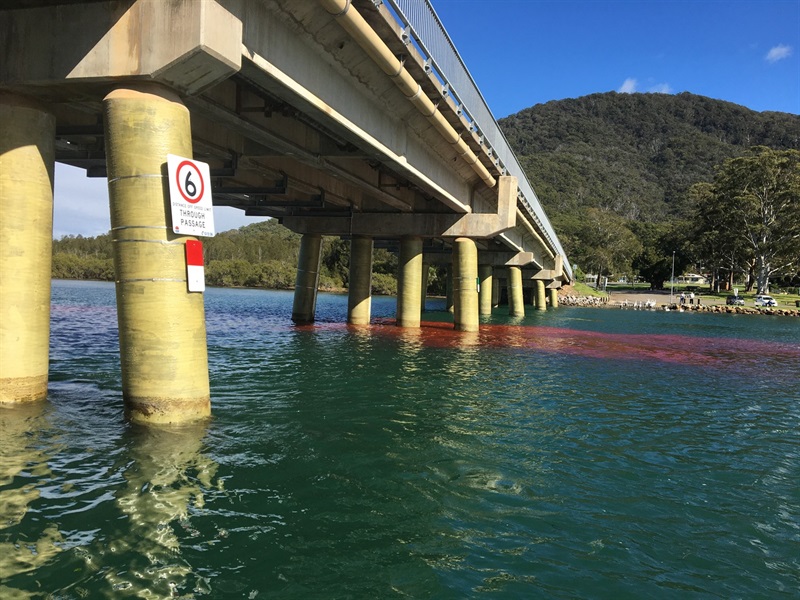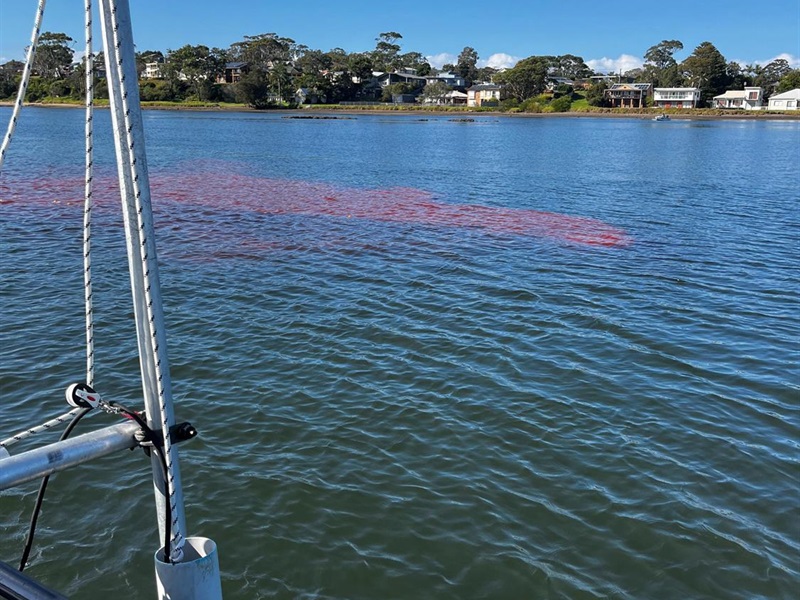Assessment of Sewage Overflows on Oyster Leases
The UNSW Water Research Laboratory (WRL) is working with NSW Food Authority to undertake an assessment of sewage overflows on oyster leases in 10 estuaries across the NSW coast. The assessment aims to improve our understanding of the exposure of oyster leases to sewage overflows and develop a decision support matrix to guide authorities in determining aquaculture industry closures following sewage overflow events. This work is part of the Sector Recovery and Resilience Grants, awarded through Regional NSW.
As part of this assessment, the UNSW WRL is planning to undertake a field dye tracer experiment on:
- The week of the 26th June on the Nambucca River, subject to favourable weather conditions. The dye release would be conducted in sections of the lower estuary in 500ml pulses.
The experiment aims to validate how effluent might mix and dilute once in the estuary dye is released into the water at a known concentration and tracked using a specialised instruments known as a fluorimeter. The dye being used is Rhodamine WT. This is a fluorescent, red dye which is commonly used to understand the transport of pollution in rivers, estuaries or the ocean. WRL mostly recently successfully used Rhodamine WT for a similar experiment on the Hastings River in October, 2022 and the Shoalhaven and Camden Haven Rivers in May 2023. The dye is not toxic to aquatic ecosystems, and it does not cause stains on boats or vessels that pass through the dye plume. The dye will typically only be visible for a couple of hours following its release to allow tracking of dispersion and advection.

